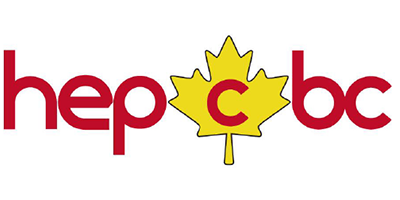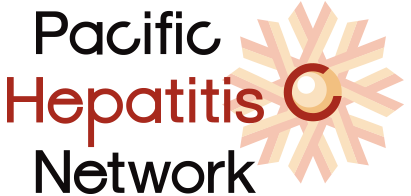July 28 is World Hepatitis Day, an occasion to celebrate the strides in treating and — lo and behold — curing, those who suffer from hepatitis C.
With advancements in therapies, not only are we curing the disease, global elimination is now possible. This past May 28, close to 200 member countries of the World Health Organization, including Canada, made a historic pledge to eliminate viral hepatitis by 2030.
If governments remain committed we will witness one of the greatest current global public health threats eliminated in our lifetime.
The HCV virus has been a scourge. A recent study by the United States Centre for Disease Control found annual hepatitis C-related mortality in 2013 surpassed the total combined deaths from 60 other reported infectious diseases including HIV, pneumococcal disease and tuberculosis.
The group most impacted — some 60,000 in B.C. — are baby boomers born from 1945 to 1965. Many have lived with the infection for many years but have not gone for testing because they do not believe themselves at risk.
The hep C virus can cause damage for decades without symptoms, and can lead to liver cancer, irreversible liver failure as well as neurological and gastrointestinal issues.
A new study this year by the BC Centre for Excellence in HIV/AIDS and the US Centre for Disease Control found peak infection for baby boomers occurred in those who were aged five in 1950, infected by inadequately sterilized needles used in health care settings.
This data proved inaccurate earlier assumptions that those most at risk were sixties-era young people who engaged in high risk sex or drug use.
The good news is, oral medications available since 2014 make elimination of hepatitis C an increasingly achievable goal. These drugs represent a huge leap forward in combating this disease for thousands of people, including me. Treatments can take less than three months for cure rates approaching 100% with minimal side effects.
The journey from disease discovery to cure has been surprisingly short.
Harvard Medical School prof Nezam Afdhal told the Irish Medical Times last month: “We have really gone from not knowing what the disease was [in 1989] to having the ability to cure it globally.”
“That, along with HIV [treatments] are probably the two biggest success stories in terms of infectious diseases that we’ve had in the last 30 years.”
But a significant challenge remains – identifying those living with the virus and as yet not found or diagnosed. As mentioned, many baby boomers do not know they have the infection while others are put off by a stigma around the disease that stems from the belief it is an affliction of drug users who simply made bad choices and should be made to suffer the consequences. No person should be marginalized in this way or be judged to be less worthy of care.
It is hoped, with the stigma reduced and more individuals potentially coming forward, governments will make it a priority to develop a framework for addressing the medical needs of hep C sufferers.
As the baby boomers age, medical specialists expect a 200 per cent increase in liver cancer cases unless we start identifying and curing those infected.
To date, the B.C. government has done a good job in starting to provide access to the new therapies. Some 3,000 prescriptions were reimbursed in B.C. for the new drugs last year. The province’s strategy targeting the sickest patients first is the right one, ensuring the most efficient use of resources.
But as the sickest patients are now being cured and as others will be identified who will benefit from treatment, the time has come for B.C. to follow the lead of several other jurisdictions and implement and fund a formal Provincial Hepatitis C Strategy on diagnosis and treatment, and to establish timelines for that.
Because elimination of hepatitis C will be one of the top public health successes in our lifetime.
Daryl Luster, Pacific Hepatitis C Network President



